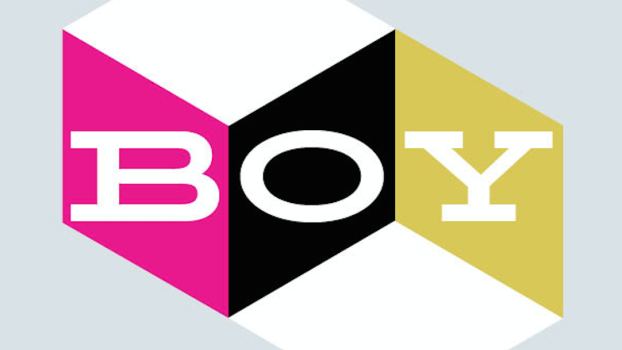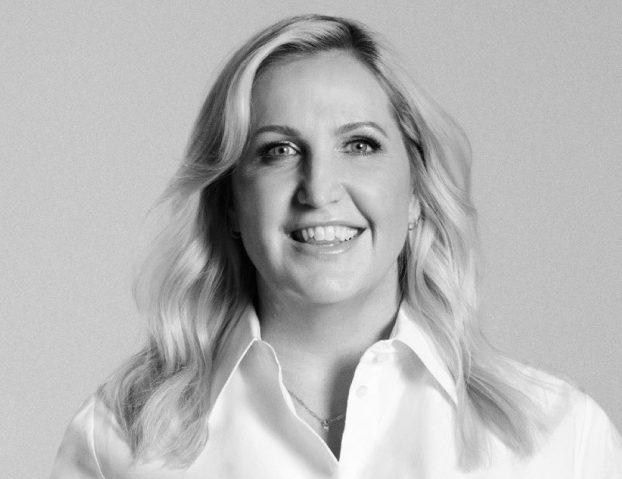By Will Novosedlik
Inflation. It’s a word that sends shivers up and down the economy’s spine.
What we’re experiencing right now is a good ol’ case of too much demand and not enough supply. COVID is, of course, a big part of the story. When the pandemic hit, everything suddenly shut down, dragging demand – and prices – down with it. Then, as restrictions were lifted a year later, demand reversed just as swiftly. Since inflation is tracked on a year-over-year basis, the pandemic-induced bounce-back looks all the more dramatic.
In November the Consumer Price Index (CPI) rose 4.7% over the previous year, matching October’s rate, which was the highest in 18 years. But as the Globe and Mail’s Report on Business noted, when taken to a second decimal (4.72%), November’s inflation rate was the highest in 30 years.
Anyone who has been around long enough to remember the 1970s and 1980s will know inflation in those days was up around 10%, with interest rates peaking at 21% in 1981. That seems impossible to imagine after rates have been approaching negative territory since 2010.
The current inflationary cycle has been exacerbated by many factors. Labour shortages have not only slowed down the flow of goods and services but have forced employers to raise wages, which drives up prices. At the same time, prices are still rising faster than wages, reducing the buying power of Canadian households. And then there’s the weather: a drought in the Prairies drives the price of beef up 15.4%. Prices at the gas pump are up a staggering 44%, by itself a huge inflation driver. Grocery prices are up 4.7%.
Michael Graydon, CEO of Food, Health and Consumer Products of Canada, an organization that represents Canada’s food and consumer products manufacturers, has had a ringside seat at the inflationary slugfest. As well as the current Omicron-induced labour shortages, he explains that there’s a big problem with ingredients. “The prices of many ingredients, including packaging, have gone through the roof. Canola oil, which is used in the making of ketchup and mayonnaise is up 80% this year. Ingredients that go into deodorants are up 150%,” says Graydon.
And then there’s distribution. “There is a scarcity of truck drivers in this country. Trucking firms are having to raise wages to retain drivers. Fuel and insurance costs have skyrocketed,” he adds. “And if you’re importing ingredients from offshore, the cost of a container has gone from $2,000 a year ago to $20,000 today.” Not to mention that since COVID has significantly slowed the Chinese economy, their seaports are now piled high with empty containers, waiting to be filled and shipped back to North America.
And finally, there’s retail. As Graydon points out, “Eighty percent of the grocery volume in this country is controlled by five retailers. And that power imbalance means that there are significant downloads of cost to the manufacturers. The listing fees are high, but worse yet, if you’re late with your order to a retailer, the penalty can be as high as 40% of the value of the invoice.”
Many manufacturers have responded with the oldest tool in the woodshed: price increases.
In Q3 and Q4 2021, almost every major CPG announced steep price rises after a year of stellar growth as demand shot back up. Mondelez, maker of Oreo cookies and Ritz Crackers, announced a 7% increase. Coca Cola, Nestle, Procter & Gamble and Kimberly Clark all made similar announcements. Of course, raising prices risks losing customers. While consumers tend to stick with a name brand even in down times, this only lasts as long as their ability to pay.
In short, it’s a marketer’s nightmare. Distribution and supply chain disruptions are squeezing FMCG manufacturers from all sides. But marketers are still expected to protect profit and preserve market share. So what’s a brand leader to do?
Well, some will keep the price the same but reduce the size of the item. For example, Domino’s Pizza recently announced that its US$7.99 10-pack of take-out chicken wings would now become an 8-pack, and would only be available online. According to Domino’s Canada, there are no plans to replicate this in the Canadian market as of yet.
Sylvain Charlebois, senior director of the Agri-food Analysis Lab at Dalhousie calls this “shrinkflation.”
“Psychologically, price is a barrier that companies don’t want to cross because they may lose market share,” Charlebois tells strategy. “So instead of adjusting prices, they’ll just reduce quantities. I would say that, unless the product is sold based on weight, most categories have been impacted by ‘shrinkflation,’ which of course is something we follow very closely because it actually contributes to the inflation rate.”
Charlebois uses the example of a brand that might make bite-sized cookies. “This brand is shrinking the product in a very subtle way by making each cookie slightly smaller and selling you 18 per pack instead of 15. But the 18-pack weighs exactly the same as the 15-pack. A year later, they may decide to go back to 15 again, allowing them to sell at an inflated price for months or even years.”
Another shrink tactic is to change the shape of the container. In the juice aisle, for instance, you might not see that your favourite orange juice has had the bottom scooped out of it, just like the indent you see below wine bottles. The package looks the same from every other angle, but contains less liquid because of the alteration.
While many brands respond to inflationary pressure by simply raising prices or adjusting packaging and quantities, others stand out by standing pat on prices.
As was recently reported in the Globe and Mail, clothing retailer Aritzia has not yet seen any erosion of margin and so is not planning to raise prices for the foreseeable future. The pandemic saw its online business surge, accounting for a third of its sales in the last quarter. It also attributes its third quarter’s 112.9% rise in net profit to expansion in the U.S., which was responsible for 44% of its revenue. Same store sales in the quarter rose by 58%. Aritizia has been able to zig where others have had to zag.
However you approach it, inflation is a sensitive subject for marketers. In fact, most of the brands and retailers we contacted for this article declined to be interviewed. Part of the problem is that the driving forces are out of their control. Some of the issues around labour, supply chain and logistics are systemic and are not going away when the inflationary cycle ends.
“These are not overnight fixes; they are long-term fixes. So I think there is a role for government,” says Graydon. “It needs to develop a manufacturing strategy that addresses the long term. The current government seems completely obsessed with high tech, but high tech does not produce anywhere near as many jobs. Our manufacturing industries, which employ close to 400,000 people in 6,000 plants across Canada, are the backbone of our economy.” So it’s not just a marketing problem.


























